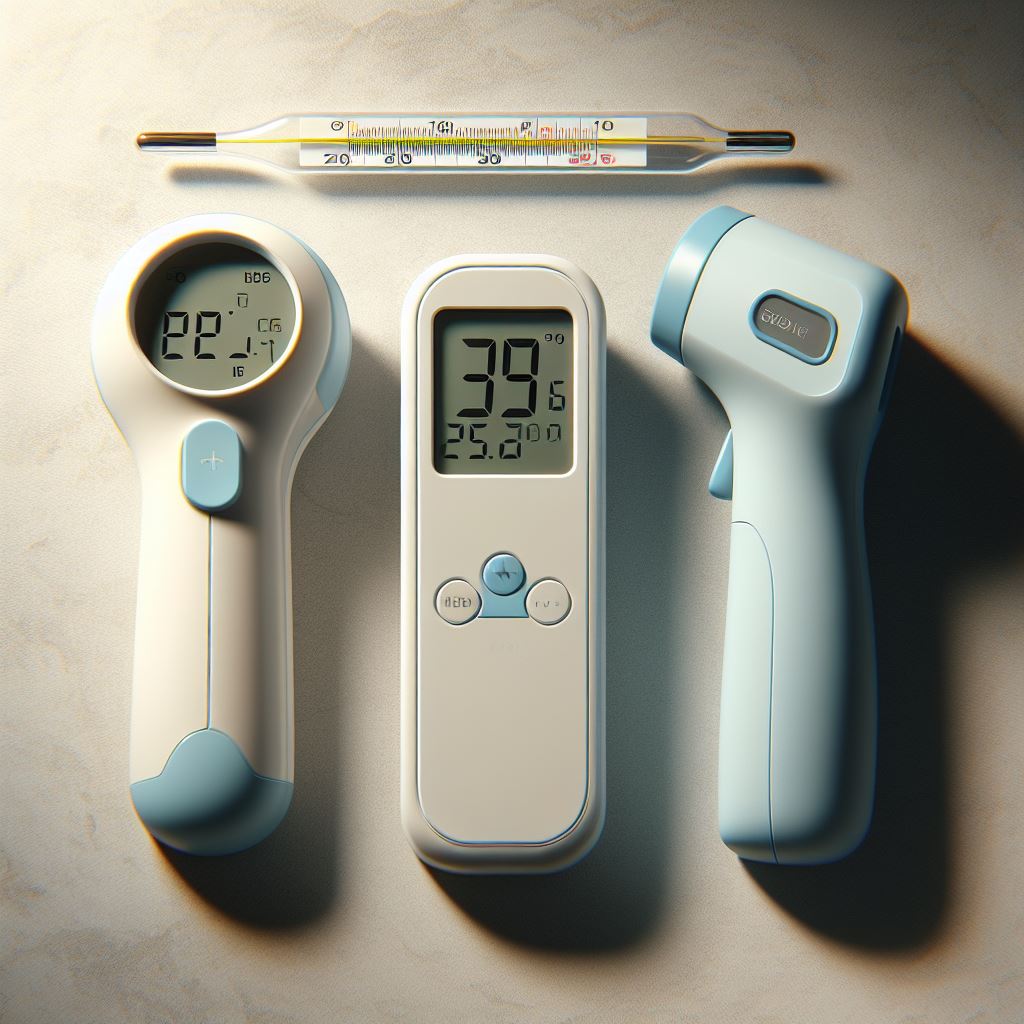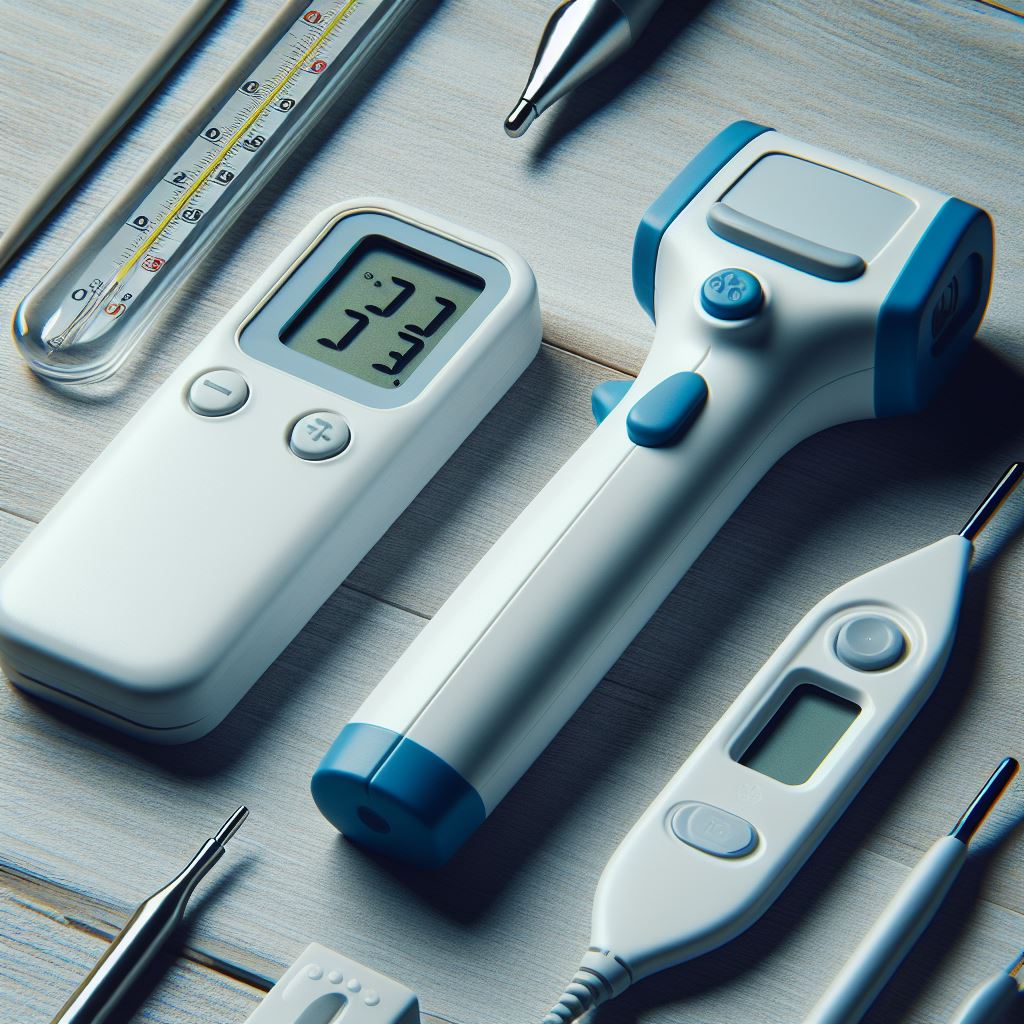Benefits of Using Infrared Thermometers for Home Inspections
Home inspections are an essential part of the home buying process. They provide potential buyers with a comprehensive assessment of the property’s condition, helping them make informed decisions. One crucial tool used in home inspections is a thermometer. Thermometers are used to measure temperature variations in different areas of the house, providing valuable insights into potential issues such as insulation problems, air leaks, and electrical malfunctions. While there are various types of thermometers available, infrared thermometers have gained popularity in recent years due to their numerous benefits.
One of the primary advantages of using infrared thermometers in home inspections is their non-contact nature. Unlike traditional thermometers that require physical contact with the surface being measured, infrared thermometers can measure temperature from a distance. This feature is particularly useful when inspecting hard-to-reach or hazardous areas, such as electrical panels or high ceilings. By eliminating the need for physical contact, infrared thermometers ensure the safety of the inspector while providing accurate temperature readings.

Another benefit of using infrared thermometers is their ability to measure temperature variations quickly and efficiently. Traditional thermometers often require a significant amount of time to stabilize and provide accurate readings. In contrast, infrared thermometers provide instant temperature measurements, allowing inspectors to assess multiple areas of the house rapidly. This time-saving feature is especially valuable during large-scale inspections or when time constraints are a factor.
Infrared thermometers also offer a high level of accuracy, making them reliable tools for home inspections. These thermometers use infrared technology to detect and measure the thermal radiation emitted by objects. By converting this radiation into temperature readings, infrared thermometers provide precise measurements, even in challenging conditions. This accuracy is crucial when identifying potential issues such as heat loss, water leaks, or electrical hotspots, as it allows inspectors to pinpoint problem areas accurately.
Furthermore, infrared thermometers can detect temperature variations across a wide range, making them versatile instruments for home inspections. Whether it’s measuring surface temperatures, detecting temperature differences between rooms, or identifying insulation problems, infrared thermometers can handle various tasks. This versatility allows inspectors to gather comprehensive data about the property’s thermal performance, helping them identify potential energy inefficiencies or structural issues.
In addition to their accuracy and versatility, infrared thermometers are also user-friendly. These devices are typically lightweight, compact, and easy to operate, making them suitable for both experienced inspectors and those new to the field. Most infrared thermometers feature a simple point-and-shoot design, allowing users to aim the device at the desired area and obtain temperature readings instantly. This user-friendly interface ensures that inspectors can efficiently navigate through the inspection process, focusing on gathering accurate data rather than struggling with complex equipment.
In conclusion, infrared thermometers offer numerous benefits for home inspections. Their non-contact nature ensures the safety of inspectors while providing accurate temperature readings. The ability to measure temperature variations quickly and efficiently saves time during inspections, while their high level of accuracy allows for precise identification of potential issues. The versatility of infrared thermometers makes them suitable for a wide range of tasks, and their user-friendly design ensures ease of use for inspectors. By utilizing infrared thermometers in home inspections, inspectors can gather comprehensive data about a property’s thermal performance, helping potential buyers make informed decisions.
Comparison of Digital and Mercury Thermometers for Home Inspections
When it comes to home inspections, accuracy is key. One of the most important tools used in this process is the thermometer. Thermometers are used to measure the temperature of various components in a home, such as air conditioning units, water heaters, and refrigerators. In recent years, digital thermometers have become increasingly popular in home inspections, replacing the traditional mercury thermometers. This article will compare the two types of thermometers and discuss their advantages and disadvantages in the context of home inspections.
Digital thermometers, as the name suggests, use digital technology to measure temperature. They typically have a digital display that shows the temperature reading in numerical form. One of the main advantages of digital thermometers is their accuracy. They are known to provide precise temperature readings, often to the decimal point. This level of accuracy is crucial in home inspections, where even a slight variation in temperature can indicate a potential issue. Additionally, digital thermometers are easy to read, as the temperature is displayed in a clear and easily understandable format.
Another advantage of digital thermometers is their speed. They are designed to provide temperature readings almost instantaneously, allowing home inspectors to quickly assess the temperature of various components in a home. This can save valuable time during the inspection process, especially when there are multiple areas or appliances that need to be checked. Furthermore, digital thermometers are often equipped with additional features, such as memory functions and alarms, which can be useful in documenting and identifying temperature fluctuations.
On the other hand, mercury thermometers have been used for decades and are still considered reliable tools in home inspections. These thermometers use a small glass tube filled with mercury, which expands or contracts based on the temperature. The temperature is then read by observing the level of mercury in the tube. One advantage of mercury thermometers is their durability. They are known to withstand extreme temperatures and are less likely to break or malfunction compared to digital thermometers.
Mercury thermometers also have the advantage of being inexpensive. They are widely available and can be purchased at a relatively low cost. This makes them a practical choice for home inspectors who may need multiple thermometers for different areas of a home. Additionally, mercury thermometers do not require batteries or electricity to operate, which can be beneficial in situations where power sources are limited or unavailable.
However, there are some drawbacks to using mercury thermometers in home inspections. One of the main concerns is the potential health risks associated with mercury exposure. Mercury is a toxic substance that can be harmful if ingested or inhaled. Accidental breakage of a mercury thermometer can release the mercury, posing a risk to both the home inspector and the occupants of the home. Furthermore, mercury thermometers are not as accurate as digital thermometers and may require calibration to ensure reliable temperature readings.
In conclusion, both digital and mercury thermometers have their advantages and disadvantages in the context of home inspections. Digital thermometers offer accuracy, speed, and additional features, making them a popular choice among home inspectors. On the other hand, mercury thermometers are durable, inexpensive, and do not require batteries. However, the potential health risks associated with mercury exposure and the lower accuracy of mercury thermometers should be taken into consideration. Ultimately, the choice of thermometer depends on the specific needs and preferences of the home inspector, as well as the requirements of the inspection itself.
